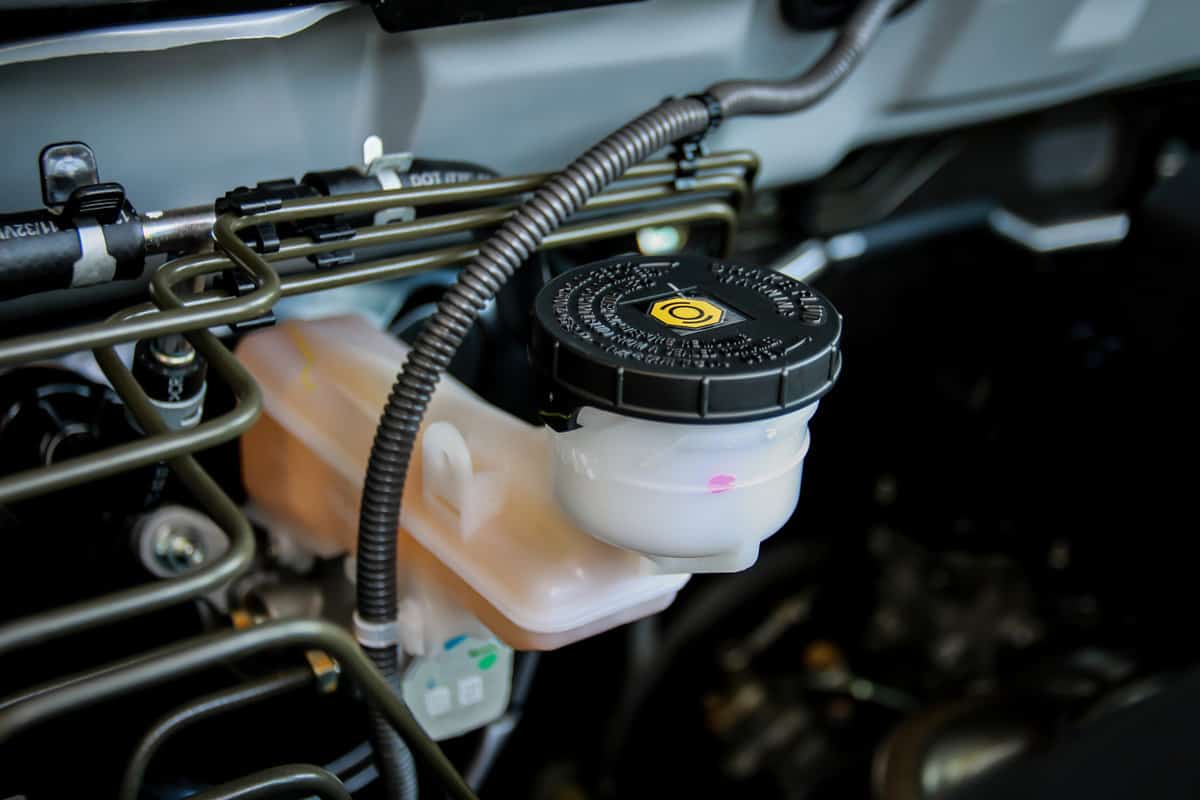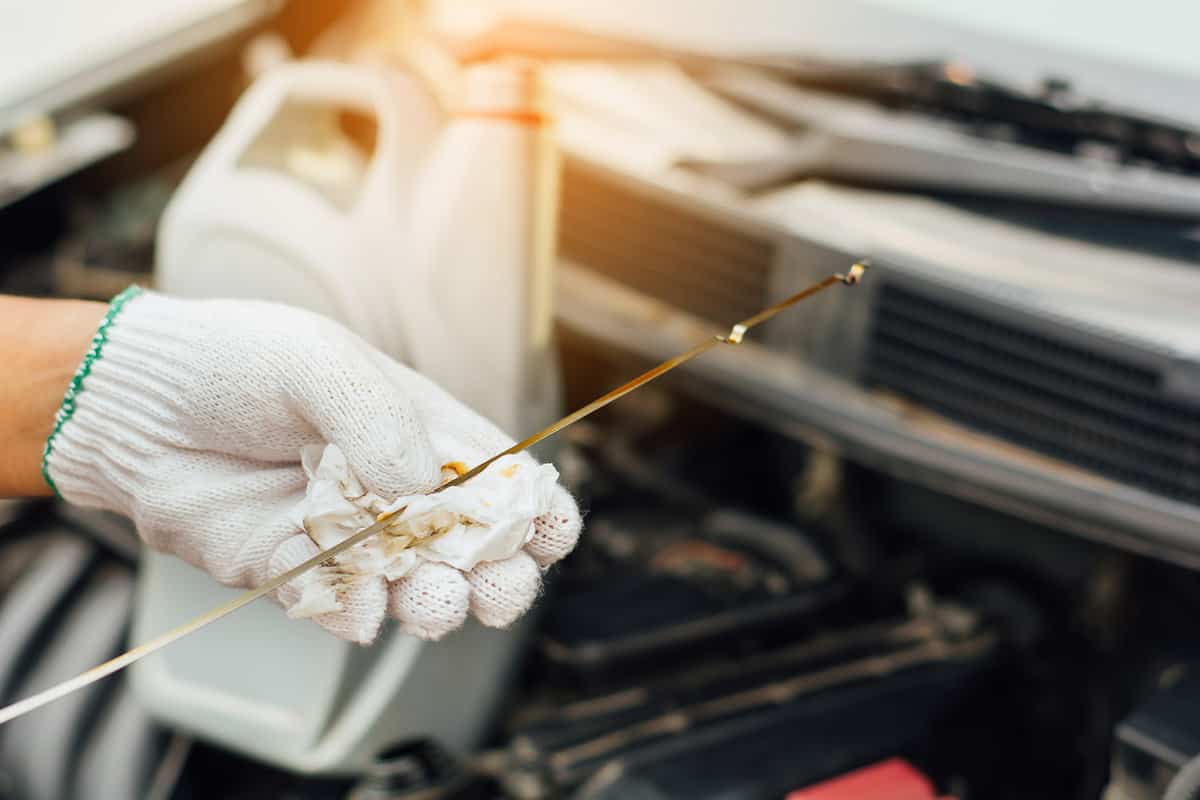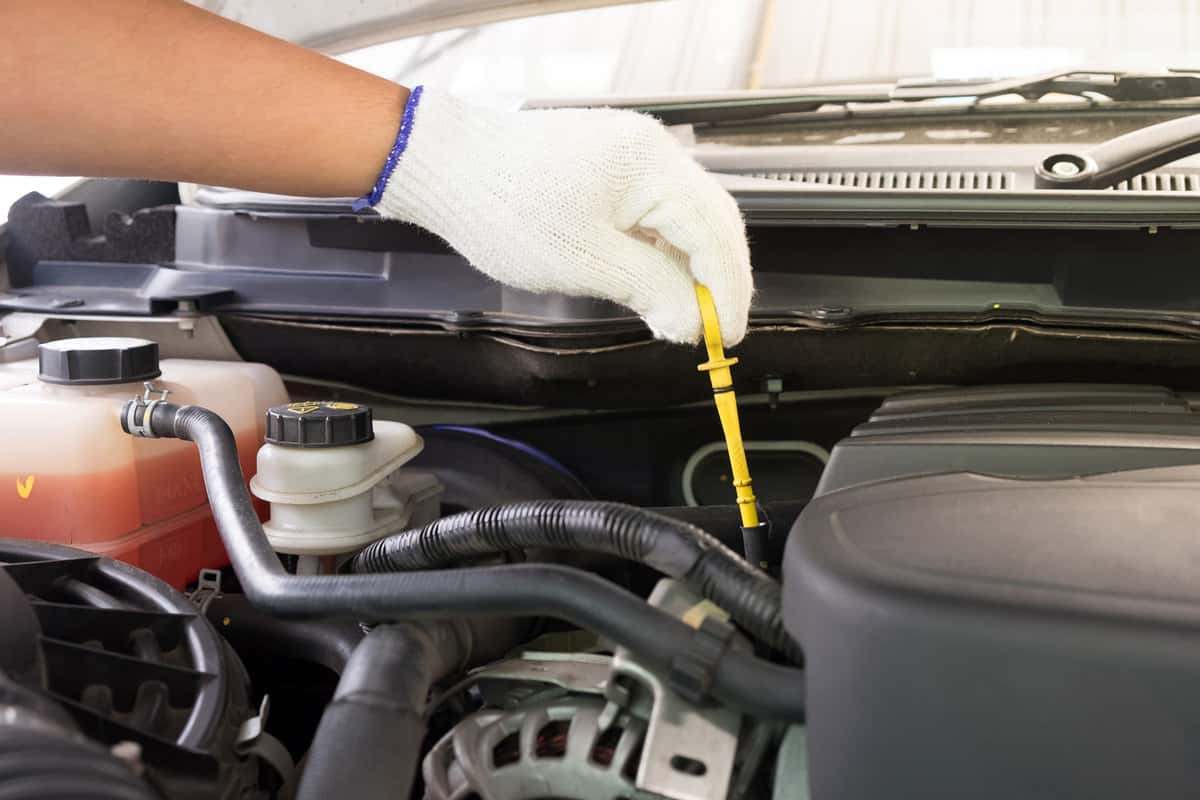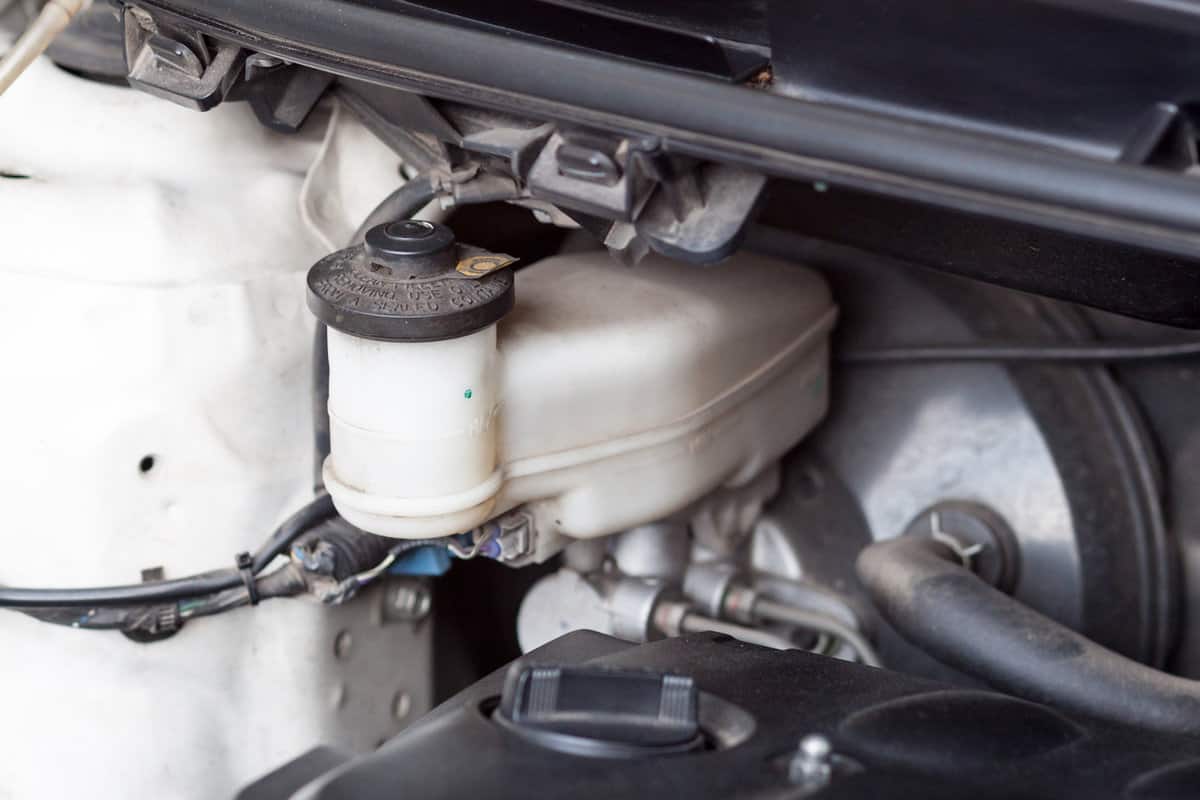Routine maintenance, like checking your car's transmission fluid, is essential. As a car owner, you may be wondering why transmission fluid should be checked when a vehicle's engine is running. Luckily, we have consulted experts in this field, and here's what they have to say.
It is better to check a car's transmission fluid when the engine is running. This is because transmission fluid expands and diminishes when it is cold. If your car’s fluid is checked when it is running warm, you can easily tell its amount. But when cold, the fluid may appear low, and this may lead to overfilling.
How a car works depends greatly on the condition of the transmission fluid. Keep reading as we will elaborate more on how to check a car's transmission fluid and why it's best checked when warm.

What is Transmission Fluid?
Transmission fluid is used to lubricate the various components of an automobile gearbox to ensure that the transmission works efficiently. There are different kinds of transmission fluids for automobiles. The type used for a certain vehicle depends on the transmission.
An automatic transmission is filled with automatic transmission fluid (ATF). However, the fluid used in a manual transmission can be regular motor oil or automatic transmission fluid. Owner's manuals for cars with a conventional transmission often provide instructions about the type of transmission fluid that should be used.

How Does Transmission Fluid Work?
Transmission fluid works by delivering the required amount of hydraulic pressure to an automated transmission so that it can carry out its function. Generally, a car has either a manual transmission or an automatic transmission, but not both.
When driving a manual transmission vehicle, it is the role of the driver to shift gears using a stick shift. The driver also determines the appropriate time to change ratios or gears. However, if the vehicle comes with an automatic gearbox, the ratios are changed in an automated manner, enabling the driver to just control the pedal and start moving.
Since manual and automatic transmissions function differently, each requires distinct transmission fluid grades. Transmission fluid for manual transmissions serves as a lubricant and protects moving elements like bearings and gear ratios.
Automatic transmissions require a hydraulic component called a torque converter. The torque produced by the motor is transferred to the torque converter, where it is transformed into usable power, allowing the vehicle to move.
The torque converter is where the actual conversion occurs, and the transmission fluid makes it work better. This means power is transferred from the engine to the tires, where it is used, via the automatic transmission fluid. Since the automatic transmission fluid serves various purposes, it degrades more quickly than the fluid used in manual gearboxes, so it needs to be replaced often.
While the major work of transmission fluids is to provide lubrication for different components of the transmission, it also:
- protects metal surfaces from oxidation and wear while cleaning them.
- lowers high working temperatures.
- prompts an increase in both the rotating speed and the temperature range.
Why Should You Check Transmission Fluid When Engine is Running?

It is recommended that you check a car's engine oil and coolant when the engine is cold or slightly warm. This is because you might get burned or hurt if you check either of them when your automobile is running. When it comes to checking the fluid in your transmission, the process is not the same as checking other fluids like engine oil and coolant.
The transmission fluid should be checked when the engine is running to determine the right amount. Also, the transmission fluid is checked when the engine is running because of the torque converter (a compartment housed within the transmission).
When the torque converter is full, the fluid level becomes higher than the one in the pan since it is the main storage area in the transmission that holds fluid. Therefore, when the engine is stopped, fluid will drain from the torque converter into the pan, and the right amount won't be gotten when checked.
However, when your engine is running, you will have fluids all around the transmission system, including the torque converter. This will give you a more accurate result of the amount of fluid in your vehicle. Due to their different expansion rates in hot conditions, motor oil and transmission fluid should be measured differently. Additionally, transmission fluid is more sensitive to pressure than motor oil.
What Is The Proper Way to Check Transmission Fluid?
It is better to check a car's transmission fluid when the engine is running. The vehicle should be parked on a flat surface during the process. Here are step-by-step procedures for checking transmission fluid:
Step 1: Locate And Pull Out The Dipstick
The dipstick usually has a pink, yellow, or red handle. After locating the dipstick, remove it from the reservoir. Make sure to leave the engine running.
Step 2: Check The Fluid Level
Check the fluid level. Using your index finger, touch the fluid on the dipstick and rub it between your thumb and finger. The fluid should be pinkish and clear. If you notice a burnt smell or particles in the fluid, then you need to change the fluid as soon as possible.
Step 3: Recheck The Fluid Level
Wipe the dipstick with a clean rag. Insert it back into the reservoir and recheck the fluid level. If you notice that the liquid is pinkish but low, add more fluid into the tank using a funnel. Make sure the fluid reaches the line close to the edge. Do not exceed the line.
What Are The Symptoms of Too Much Transmission Fluid?

If you have an overfilled transmission, you may start noticing some unusual signs. Here are some of the symptoms of excess transmission fluid:
Noise From The Transmission
This sign is very difficult to detect because the transmission is close to the engine. The noise from the motor is usually louder than the sound from the transmission, so most car owners fail to notice the sign of too much transmission fluid.
Leaks From The Transmission
Whenever you see reddish fluid building up under the transmission, then you may have excess transmission fluid. The reddish color will help you detect if the leak is due to too much fluid.
Shifting Problem
Problems in shifting may be caused by many things. This issue may arise if you have low transmission fluid, which is usually a result of excess fluid.

Can Excess Transmission Fluid Cause Problems?
Excess transmission fluid can cause problems. Transmission fluid may be unable to perform its functions well if poured in excess. When there is too much transmission fluid inside the gearbox, foam will form. The foam is produced when turning gears splash into an already full reservoir. It sets off an abnormally high temperature and leads to a chemical reaction.
The viscosity of the oil is affected by the foam. As a result, when you shift gears, the fluid does not flow properly through them. The gearbox components will overheat due to a lack of lubrication, resulting in mechanical damage and transmission failure. Manual and automatic transmissions have different reactions to excessive transmission fluid.
Excess fluid can cause the gears in an automobile transmission to compress, which will cause the foam to implode inside the transmission. This affects the hydraulic pressure, resulting in more damage since the auto gearbox depends on that pressure to function.
Problems with the clutch become apparent in an overfilled manual transmission. The excess fluid seeps out of the vent, which may harm the clutch and lead to problems in shifting.
Can Transmission Fluid Decrease Without A Leak?

Generally, transmission fluid doesn't burn out. There has to be a leak for the level to decrease. If you find out that your fluid level gets low often, there is a greater possibility of a leak. Even though it may be difficult to spot, the leak is still present. You will likely believe there is no leak because you haven't seen a pool of fluid underneath your vehicle.
However, it is possible that the leak only occurs when the vehicle is running since this is when the fluid circulates and is usually under pressure.
To Wrap Up
Transmission fluid is very important for a car's engine to function properly. As long as you keep the engine running, you can check the level of fluid in your transmission. Although transmission fluid is cheap, having the right amount could save your vehicle from severe damage.
If you enjoyed reading this post, here are similar articles you may like:
